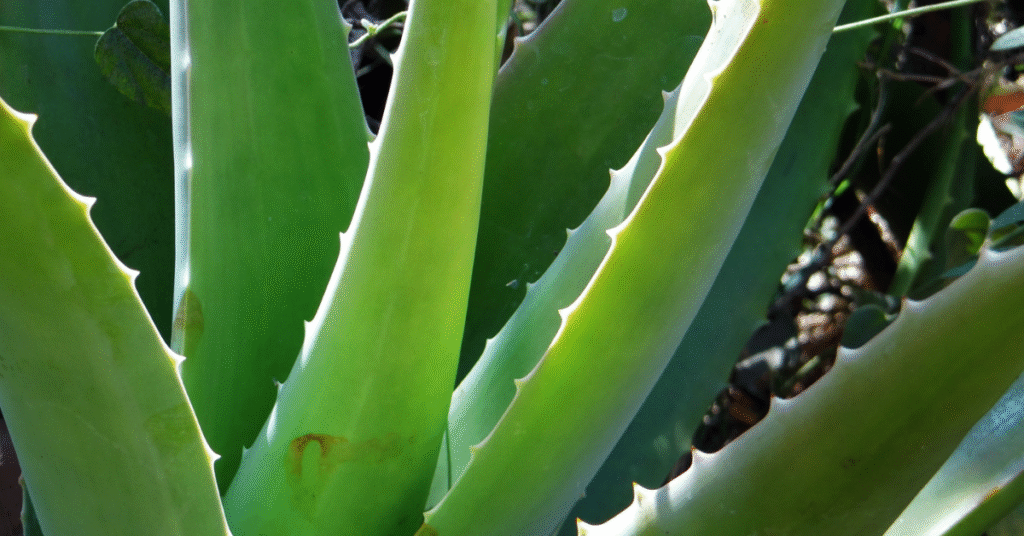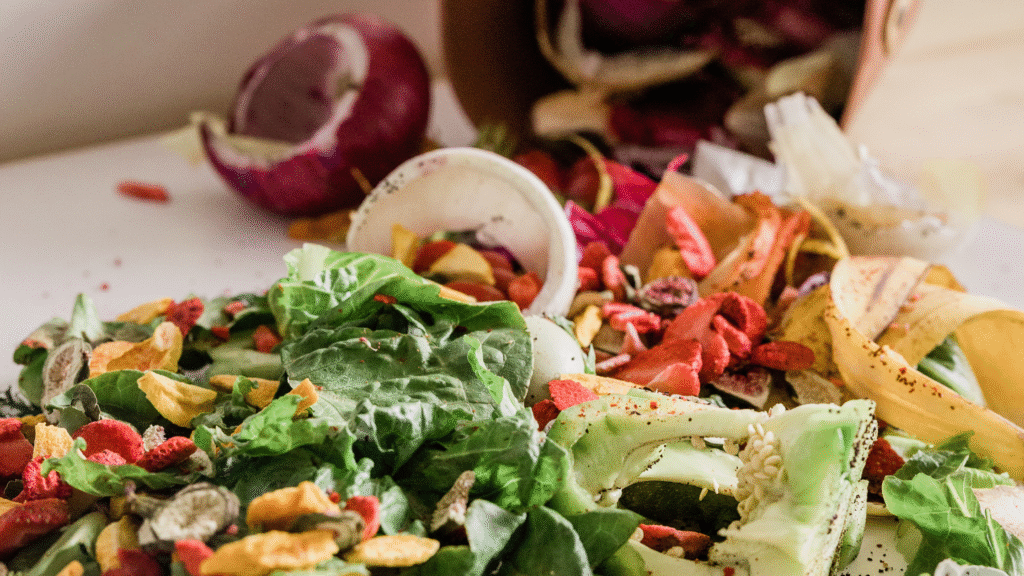Key Takeaway
- Select a sunny, arid to semi-arid location with well-drained sandy-loam soil
- Prepare raised beds or ridges to prevent water stagnation
- Test and adjust soil pH to around 6.0–7.5
- Use healthy suckers (pups) with developed roots for planting
- Maintain spacing of 18–24 inches between plants and 24–36 inches between rows
- Water only during dry spells—aloe vera is drought-tolerant
- Control weeds regularly and mulch to conserve moisture
- Apply organic compost or mild fertilizers once or twice yearly
- Harvest mature leaves after 8–10 months, cutting from the outer base
How to Grow Aloe Vera in Farm: A Complete Guide
Aloe vera is one of the most versatile, low-maintenance, and profitable plants you can grow. With rising demand in the pharmaceutical, beauty, and wellness industries, aloe farming has become a lucrative agricultural business. This guide will walk you through every step of growing aloe vera successfully on a farm—from selecting the site to harvesting and marketing.
1. Why Aloe Vera Farming?
Aloe vera is known for its medicinal, cosmetic, and nutritional benefits. Its demand has skyrocketed globally, leading many farmers to cultivate it commercially. It requires low water input, tolerates drought, and yields high profit with minimal investment. If you’re looking for a crop that’s both eco-friendly and profitable, aloe vera is ideal.
2. Choosing the Right Farm Location
Choose a location with:
- Plenty of sunlight (at least 6–8 hours a day)
- Well-drained sandy loam or gravelly soil
- Low humidity and moderate rainfall
Too much moisture can cause root rot, so avoid waterlogged areas. If you’re wondering how to begin aloe vera cultivation at home, check our guide on how to grow aloe vera fast at home.
3. Preparing the Soil
Plow the field deeply and thoroughly, then level it. Add organic compost or farmyard manure to enrich the soil. Ideal pH range: 6.0 to 7.5. Aloe vera thrives in slightly acidic to neutral soil.
4. Propagation Methods
Farmers mostly propagate aloe vera using suckers or offsets, but other methods include:
5. Spacing and Plantation
Maintain spacing of 50–60 cm between plants and 60–80 cm between rows. This allows each plant to develop fully without competition for resources. Transplant suckers when they are 3–4 months old and have 4–5 leaves.
6. Watering Schedule
Aloe vera doesn’t like excess water. Irrigate the farm:
- Immediately after planting
- Once every 2–3 weeks during dry seasons
Let the soil dry between watering sessions. For container-based techniques, read how to grow aloe vera in water.
7. Fertilization
Apply organic compost before planting. If needed, apply well-balanced fertilizers like NPK in small amounts during the growing season. Avoid over-fertilization to prevent soft, weak growth.
8. Weed and Pest Management
Weed regularly in the early stages. Aloe vera is relatively pest-free, but watch out for mealybugs and aphids. Use neem-based pesticides or organic solutions to protect the crop.
9. Growing Aloe Vera Without Roots
Need to regrow a plant that lost its roots? It’s possible. Learn about how to grow aloe vera without roots in our step-by-step guide. This can also help reduce farm losses.
10. Mulching and Temperature Control
Mulch using dry leaves or straw to prevent water loss and suppress weeds. Aloe vera thrives in warm temperatures between 20°C and 30°C (68°F to 86°F). Protect from frost in colder regions.
11. Common Diseases and How to Prevent Them
Watch for:
- Root rot (caused by poor drainage)
- Leaf spot (caused by fungal infections)
Ensure proper air circulation and dry conditions. Use fungicides only when necessary.
12. Harvesting Aloe Vera
You can start harvesting after 8–10 months. Cut 3–4 mature leaves per plant at a time. Don’t overharvest—leave enough foliage for the plant to continue growing.
13. Post-Harvest Handling
Handle leaves gently to avoid damage. Process them within 6 hours of harvest for best quality. You can extract gel or sell whole leaves to cosmetic companies and processors.
14. Marketing and Selling Aloe Vera
You can sell aloe vera:
- Fresh leaves to local markets
- Processed gel to cosmetic firms
- Bulk orders for export
Contact natural skincare brands, herbal medicine producers, and aloe-based drink manufacturers for partnerships.
15. Additional Growing Methods
Want to explore more? Discover how to grow aloe vera:
Conclusion
Growing aloe vera in a farm setting is both eco-friendly and profitable. With proper planning—from soil preparation to harvesting—you can establish a sustainable aloe business. Stay consistent with watering, spacing, and pest control. Whether you’re starting small or managing a commercial farm, aloe vera is a smart choice for both health and wealth.
Want to grow faster? Explore how to grow aloe vera fast at home for accelerated methods that also work in farm nurseries.


